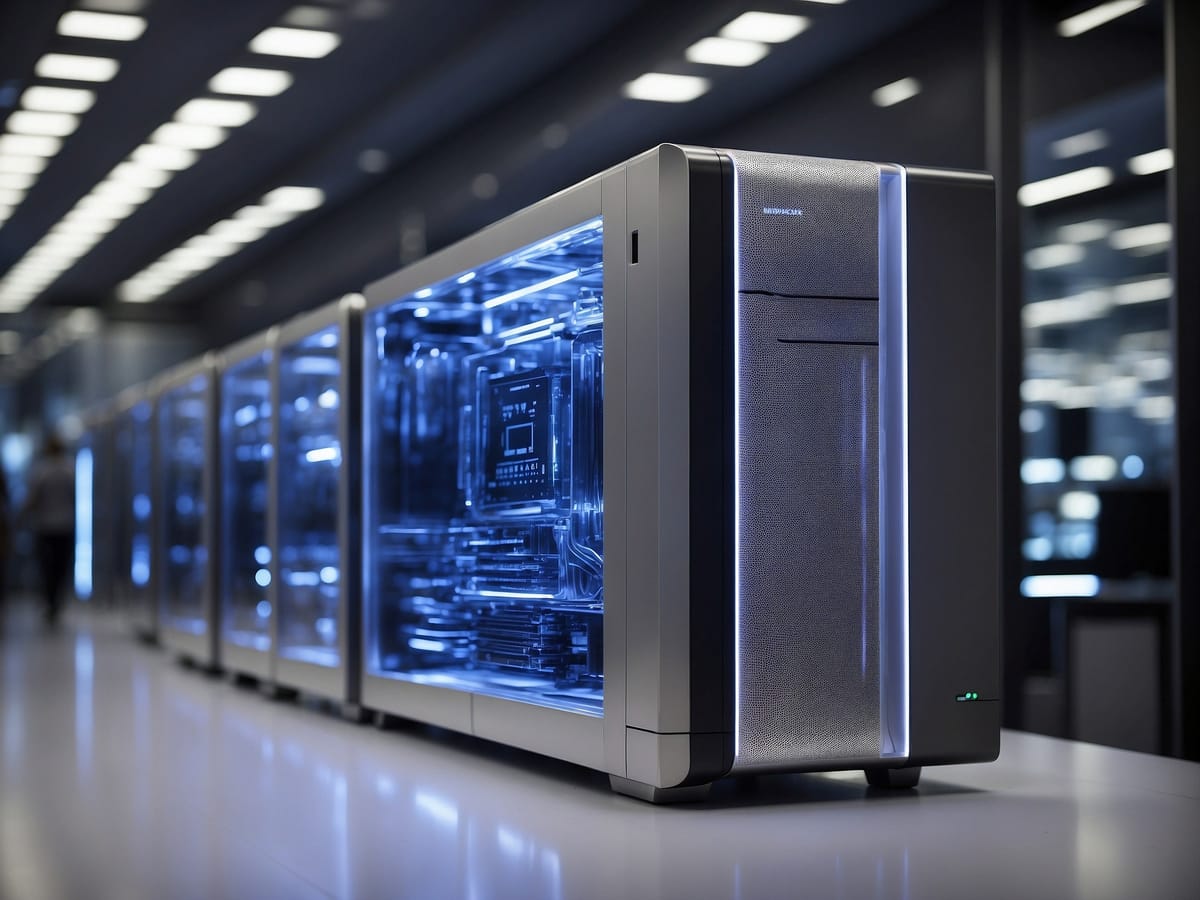Measuring AI-Driven Websites: Quantifying User Experience

AI-driven websites are designed to enhance user experience, providing personalized and intelligent interactions. However, measuring the impact of AI on these websites and quantifying user experience can be challenging. In this article, we will explore the importance of measuring AI-driven websites, key metrics for quantifying user experience, analyzing AI’s impact on website performance, and how data analysis can enhance user satisfaction.
The Importance of Measuring AI-Driven Websites
The Rise of AI in Web Development
AI has revolutionized the way websites are developed and designed. From chatbots that provide instant customer support to personalized recommendations based on user preferences, AI has significantly improved the user experience. However, to measure the effectiveness of these AI-driven websites, it is crucial to have a systematic approach in place.
Understanding User Behavior and Preferences
Measuring AI-driven websites allows businesses to gain valuable insights into user behavior and preferences. By analyzing data such as click-through rates, bounce rates, and time spent on different website sections, businesses can understand how users interact with their websites. This information can help in optimizing the website’s design and functionality to better meet user expectations.
Optimizing Conversion Rates
One of the primary goals of any website is to convert visitors into customers. Measuring AI-driven websites helps in identifying areas where users drop off during the conversion process. By analyzing user behavior and understanding the reasons behind these drop-offs, businesses can make informed decisions to optimize their conversion rates.
Key Metrics for Quantifying User Experience
Conversion Rate
Conversion rate is a crucial metric when it comes to quantifying user experience on AI-driven websites. It measures the percentage of users who complete a desired action, such as making a purchase or signing up for a newsletter. A high conversion rate indicates that the website is effectively engaging and convincing users to take the desired action.
Bounce Rate
Bounce rate refers to the percentage of users who leave a website after viewing only one page. A high bounce rate can indicate that users are not finding what they are looking for or that the website’s design and content are not engaging enough. By measuring and analyzing bounce rates, businesses can identify areas for improvement and optimize user experience.
Average Session Duration
Average session duration measures the amount of time users spend on a website. A longer session duration indicates that users are engaging with the content and finding value in the website. By tracking this metric, businesses can identify which pages or sections of the website are most engaging and optimize the user experience accordingly.
Click-Through Rate
Click-through rate measures the percentage of users who click on a specific link or call-to-action button. This metric is particularly important for measuring the effectiveness of AI-driven recommendation systems. A high click-through rate indicates that users are finding the recommendations relevant and valuable.

Analyzing AI’s Impact on Website Performance
Speed and Performance
AI-driven websites often rely on complex algorithms and data processing, which can impact their speed and performance. Slow loading times can lead to high bounce rates and a poor user experience. Measuring the speed and performance of an AI-driven website is essential to identify any bottlenecks and optimize its overall performance.
Algorithm Accuracy
The accuracy of AI algorithms plays a crucial role in determining the effectiveness of AI-driven websites. Measuring the accuracy of these algorithms is essential to ensure that the recommendations and personalization provided to users are relevant and valuable. A high accuracy rate indicates that the AI system is effectively understanding user preferences and delivering appropriate content.
Error Rates
AI-driven websites are not immune to errors. Measuring error rates is crucial to identify any issues or inconsistencies in the AI system’s performance. By monitoring error rates, businesses can ensure that users are not being presented with incorrect information or experiencing frustrating interactions.
Enhancing User Satisfaction through Data Analysis
Utilizing User Feedback
User feedback is a valuable source of information for improving AI-driven websites. By analyzing user feedback, businesses can gain insights into areas that need improvement and make data-driven decisions to enhance user satisfaction. Feedback can be collected through surveys, user testing, or monitoring social media conversations.
A/B Testing
A/B testing is a powerful technique for measuring the impact of different variations of a website on user experience. By conducting A/B tests, businesses can compare the performance of different AI-driven features or designs and identify the most effective ones. This data-driven approach allows for continuous improvement and optimization of user satisfaction.
Personalization and Customization
Measuring the effectiveness of personalization and customization features on AI-driven websites is crucial for enhancing user satisfaction. By analyzing data on user preferences and behaviors, businesses can tailor the website’s content, recommendations, and user interface to create a more personalized and customized experience.
Measuring the impact of AI on websites and quantifying user experience is essential for businesses to optimize their online presence. By understanding key metrics, analyzing AI’s impact on performance, and utilizing data analysis techniques, businesses can enhance user satisfaction and drive better conversion rates. As AI continues to shape the digital landscape, measuring its effectiveness and impact on user experience will become increasingly important for businesses.

